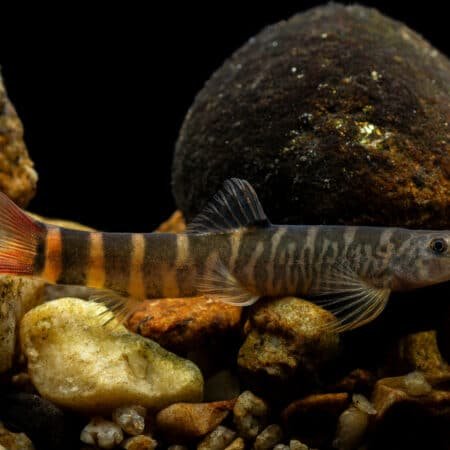-
×
 Red Devil Vampire Crab - Geosesarma Hagen - Decapod Crustacean
2 × £8.71
Red Devil Vampire Crab - Geosesarma Hagen - Decapod Crustacean
2 × £8.71 -
×

-
×

-
×

-
×
 Golden Eyes Vampire Crab - Geosesarma Sp. - Decapod Crustacean
2 × £8.71
Golden Eyes Vampire Crab - Geosesarma Sp. - Decapod Crustacean
2 × £8.71 -
×

Subtotal: £236.12














